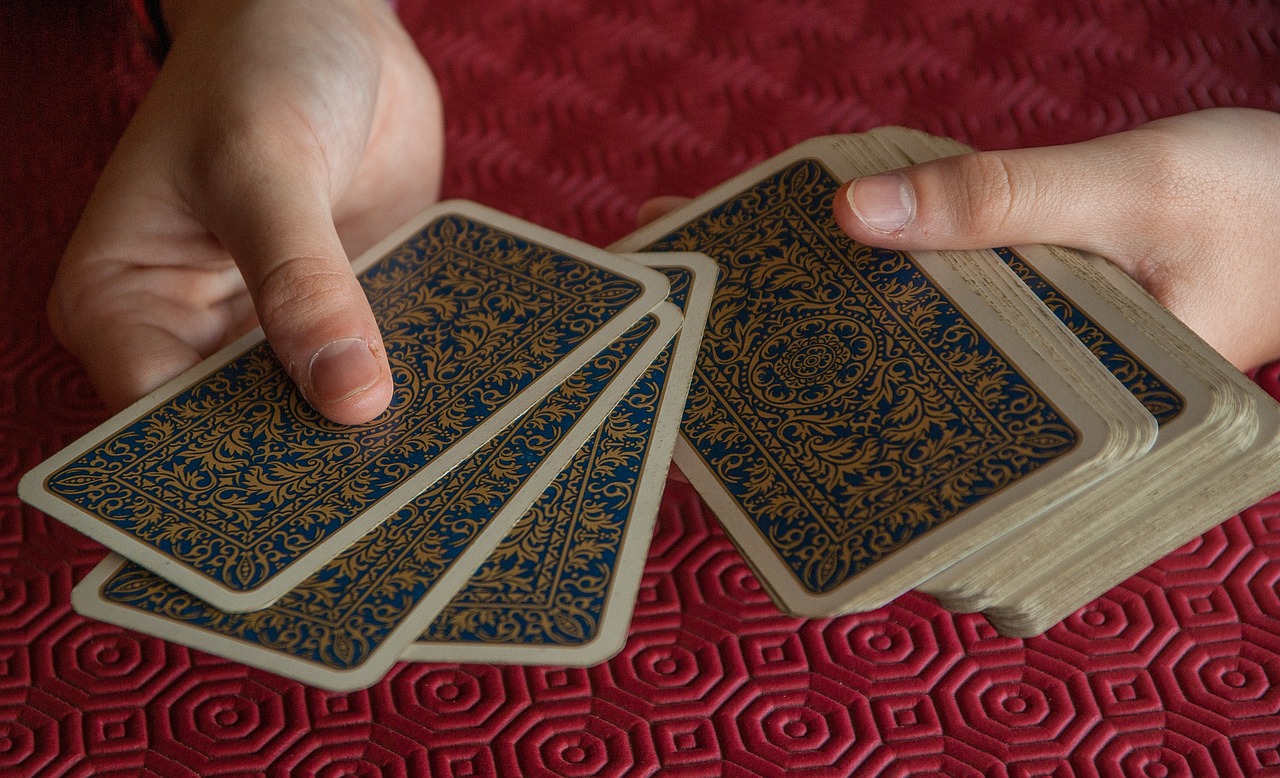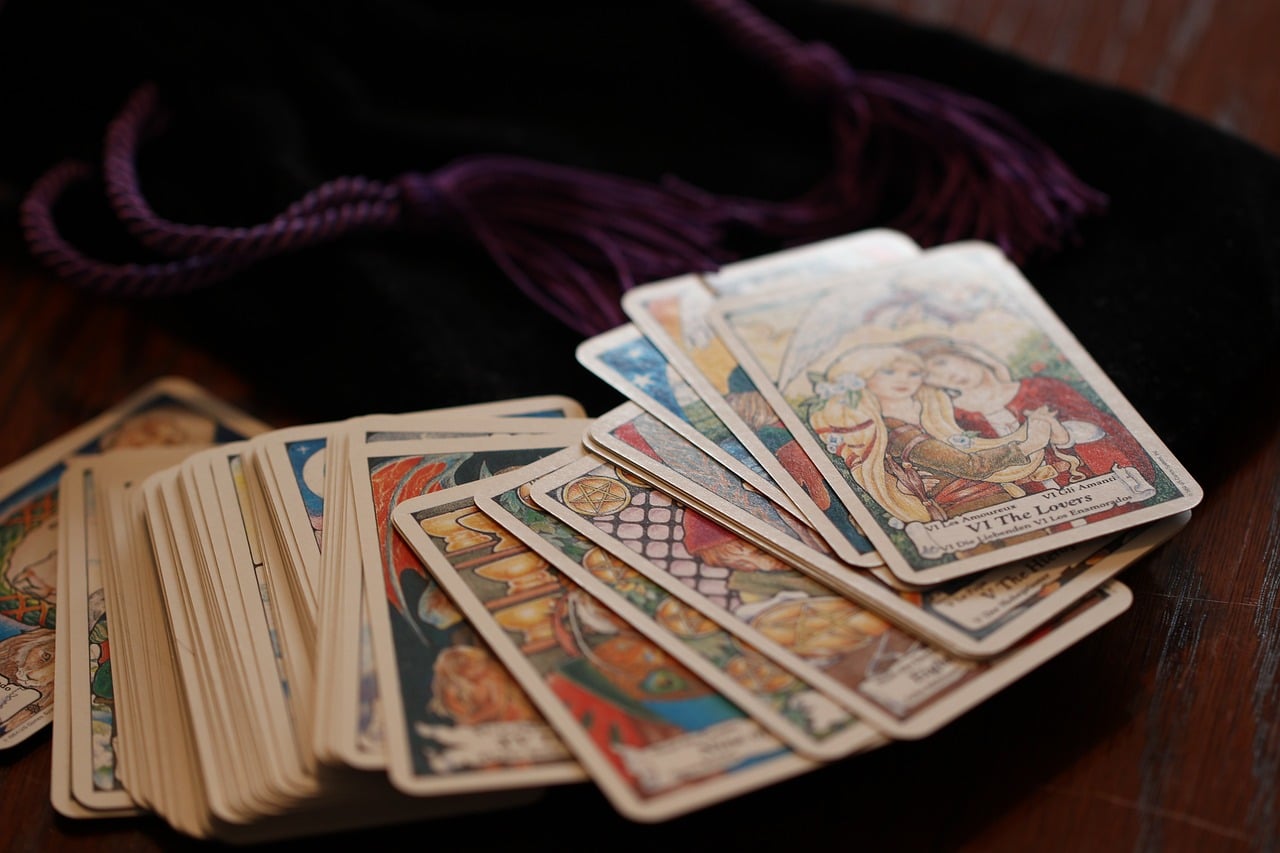
Cartomancy is a divination practice based on the use of playing cards.
The divinatory practice that is developed with cards is called cartomancy . A playing card, meanwhile, is a card : a piece of cardboard that displays certain drawings and is usually used in games of chance.
magic edging
It can be said that cartomancy is a process of magical edges . He who claims to be able to know the future by observing the cards is attributing to himself a supernatural ability (that is, one that exceeds the limits of the human being).
Beyond this issue, cartomancy also contemplates a system of interpretation of the cards. In this context, the subjectivity of the supposed fortune teller comes into play. Whoever draws or reads the cards resorts to certain acquired knowledge or intuition to “interpret” the drawings and thus make their omens.
For the development of cartomancy, the Spanish deck or tarot cards are usually used. It is important to clarify that, for science and from a rational point of view, divination is not possible, which is why cartomancy falls within the realm of superstitions .
Differences with tarot
The terms cartomancy and tarot are not synonyms, although they are often used interchangeably. However, it must be mentioned that tarot, as an action that aims to know future events, is a form of cartomancy. The tarot also offers interpretations of dreams and even situations that a person is going through in the present.
In this way, the tarot does not only refer to the future: even, according to tarot readers and those who believe in them, it can help to unravel what is lodged in the subject's unconscious . Cartomancy, on the other hand, always refers to events that have not yet happened.
Etymology
The word cartomancy is derived from the combination of two terms: carta and mancia . The first comes from Latin charta , which in turn originated from Greek khartēs .
Originally, charta referred to a piece of papyrus or parchment used for writing or drawing. Over time, the meaning was expanded to include any written document, and was later applied specifically to playing cards, such as those used in the deck .
Mancia is derived from the Greek manteía , meaning "divination" or "art of predicting the future." This term is used to describe practices or methods used to seek knowledge or revelations of the future or hidden events. As additional information, the Royal Spanish Academy also recognizes the term cartomancy , with an accent on the letter I , as a synonym for cartomancy .
Cartomancy study
Learning cartomancy requires time, study and constant practice . The first step is to acquire a deck of cards suitable for cartomancy, such as a tarot or traditional playing card. Examine the cards one by one, observe their images, symbols and numbers, and become familiar with their basic meaning.
It is also necessary to spend time studying the meanings of each card. For this there are various
books, online resources or specialized courses in cartomancy to understand traditional interpretations . It is important to have a solid foundation in symbolism before moving forward.

The first steps in learning cartomancy revolve around the interpretation of symbols.
Once a basic understanding of the meanings of the cards is achieved, it is time to practice interpretation . Card readings can be done for oneself or for friends and family, with the purpose of analyzing the message received in each context. Over time, we can develop our skills while gaining confidence in reading .
Cartomancy offers a variety of reading methods and techniques . It is up to each student to experiment until they find the combination that makes us feel most comfortable. Other complementary tools and techniques can also be explored, such as numerology, symbology and intuition.
